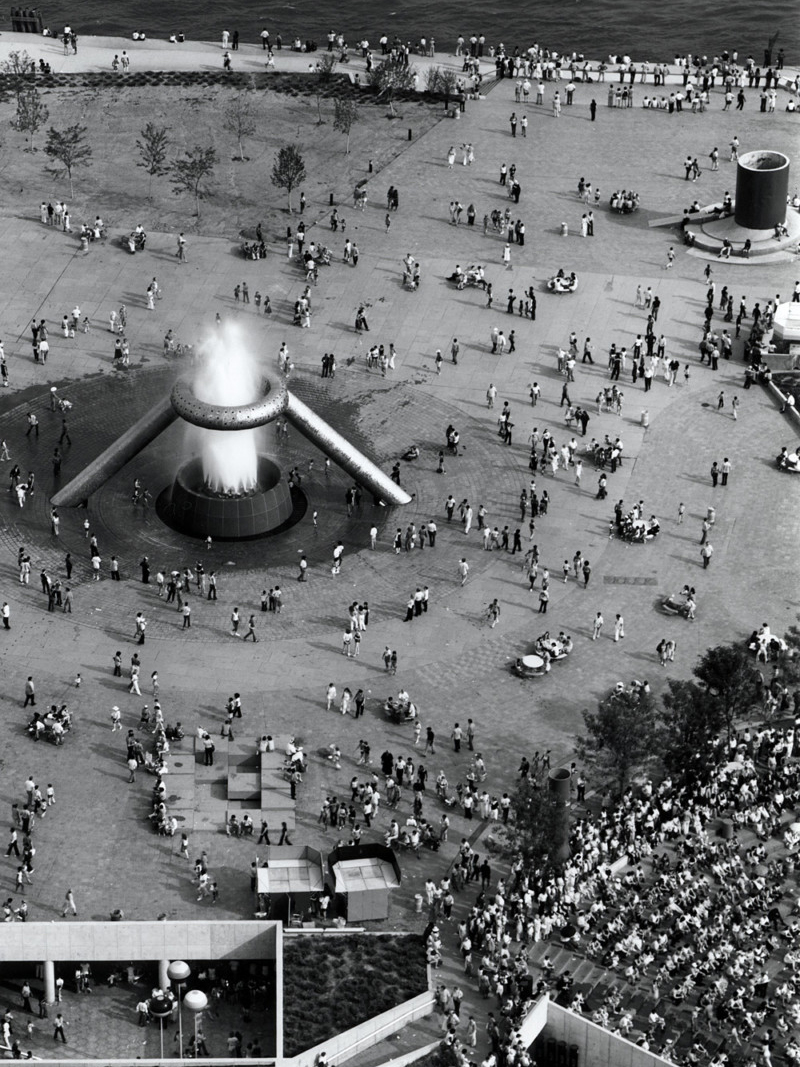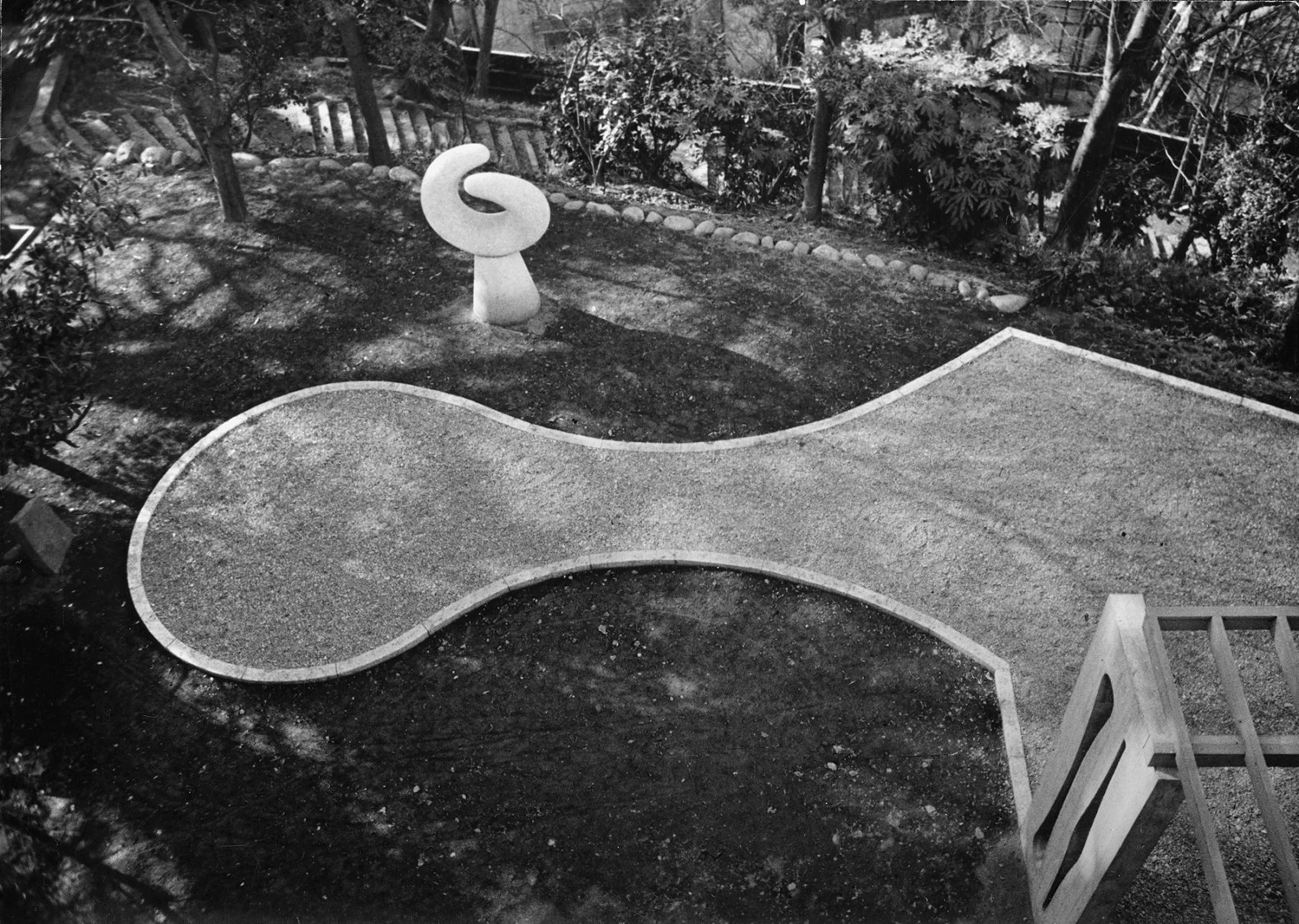I am self-effacing, as you might say, and preferred to stay in the background.1
Shoji Sadao (1927–2019) was one of Isamu Noguchi’s most valued collaborators and confidants from the mid-1950s until Noguchi’s death in 1988. An indefatigable facilitator for both Noguchi and R. Buckminster Fuller, he designed, engineered, and oversaw the nuts-and-bolts details that made Fuller and Noguchi’s grand visions possible.
In the book he wrote about his work with these two titans of twentieth-century design—Buckminster Fuller and Isamu Noguchi: Best of Friends (2011) an expanded take on his 2006 exhibition of the same name—the always modest Sadao somewhat unfairly cast himself as a supporting player. The only details he revealed about his own background are those similar to Noguchi’s: born in California, and confined to a Japanese American incarceration camp in Arizona during World War II. Noguchi voluntarily went to Poston; Sadao’s family was sent to Gila River, where he graduated from high school.




































